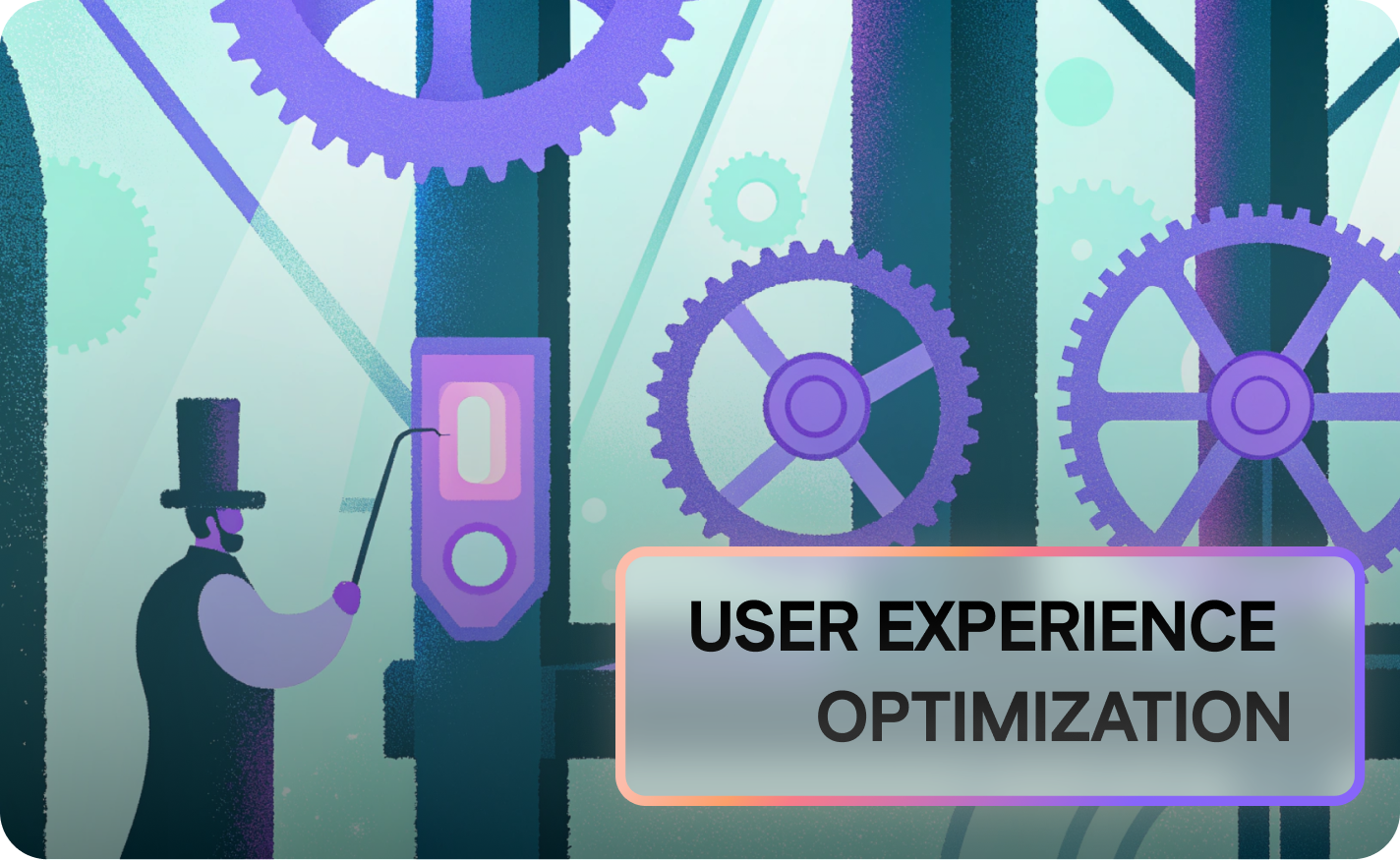Product Design
UX in the Time of Coronavirus
April 22, 2020

Table of content
You’ve read a lot about uncertain times and social distancing. We’re all surrounded by the same words, but what exactly do they mean for the UX people?
The nearest future is just the tip of the iceberg. The COVID-19 pandemic is likely to change the way we work for the years to come.
It’s a challenge we barely expected, a challenge that hit us hard, but we can still learn something from it. The job of a UX professional is about finding solutions, after all.
In this article, we’re going to talk about:
- remote work culture in the UX team
- remote UX research when you can’t talk to your users
- content strategy and UX writing in times of crisis
- expected changes in the UX industry
We’re in this together. Let’s dive in – while keeping a safe distance, of course.
Learn more about your users
Test all LiveSession features for 14 days, no credit card required.
Related articles
Get Started for Free
Join thousands of product people, building products with a sleek combination of qualitative and quantitative data.
Free 14-day trial
No credit card required
Set up in minutes




